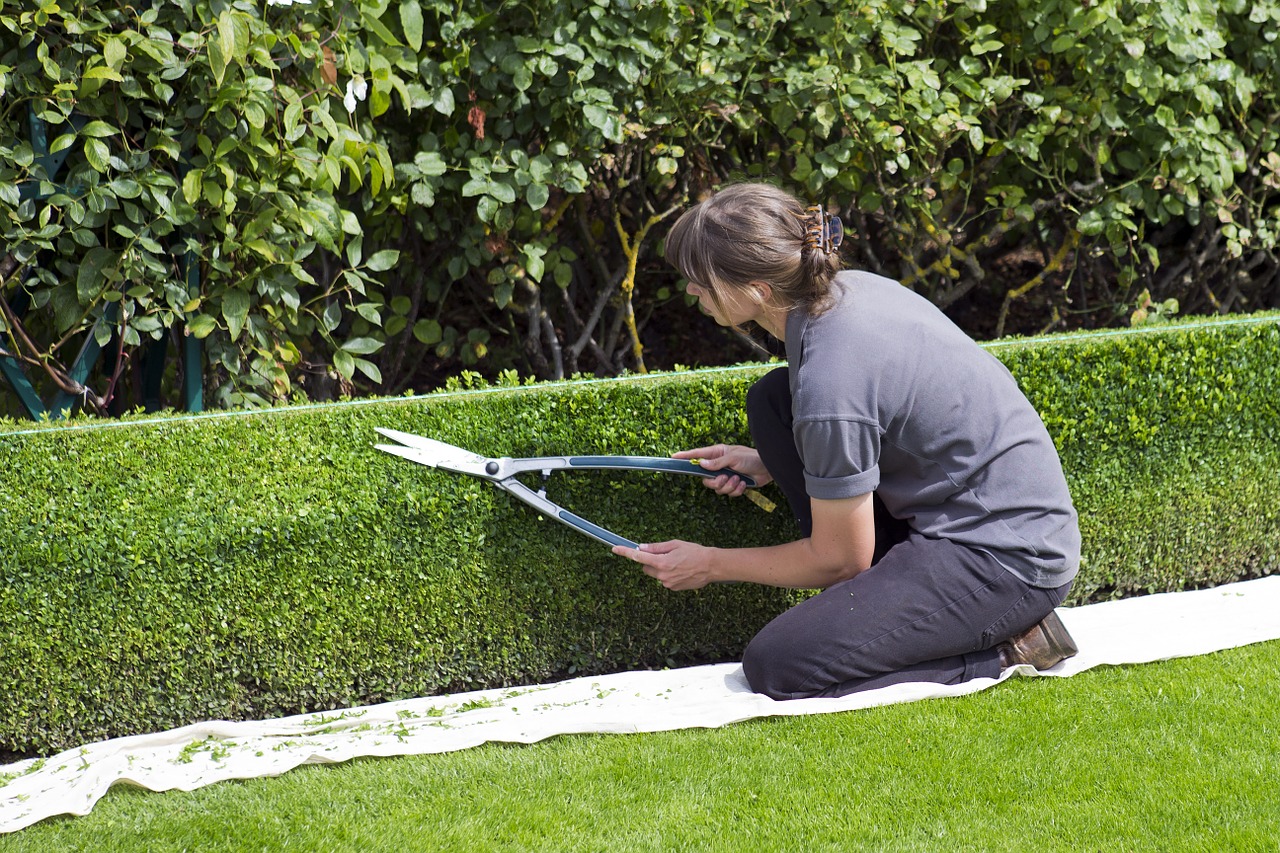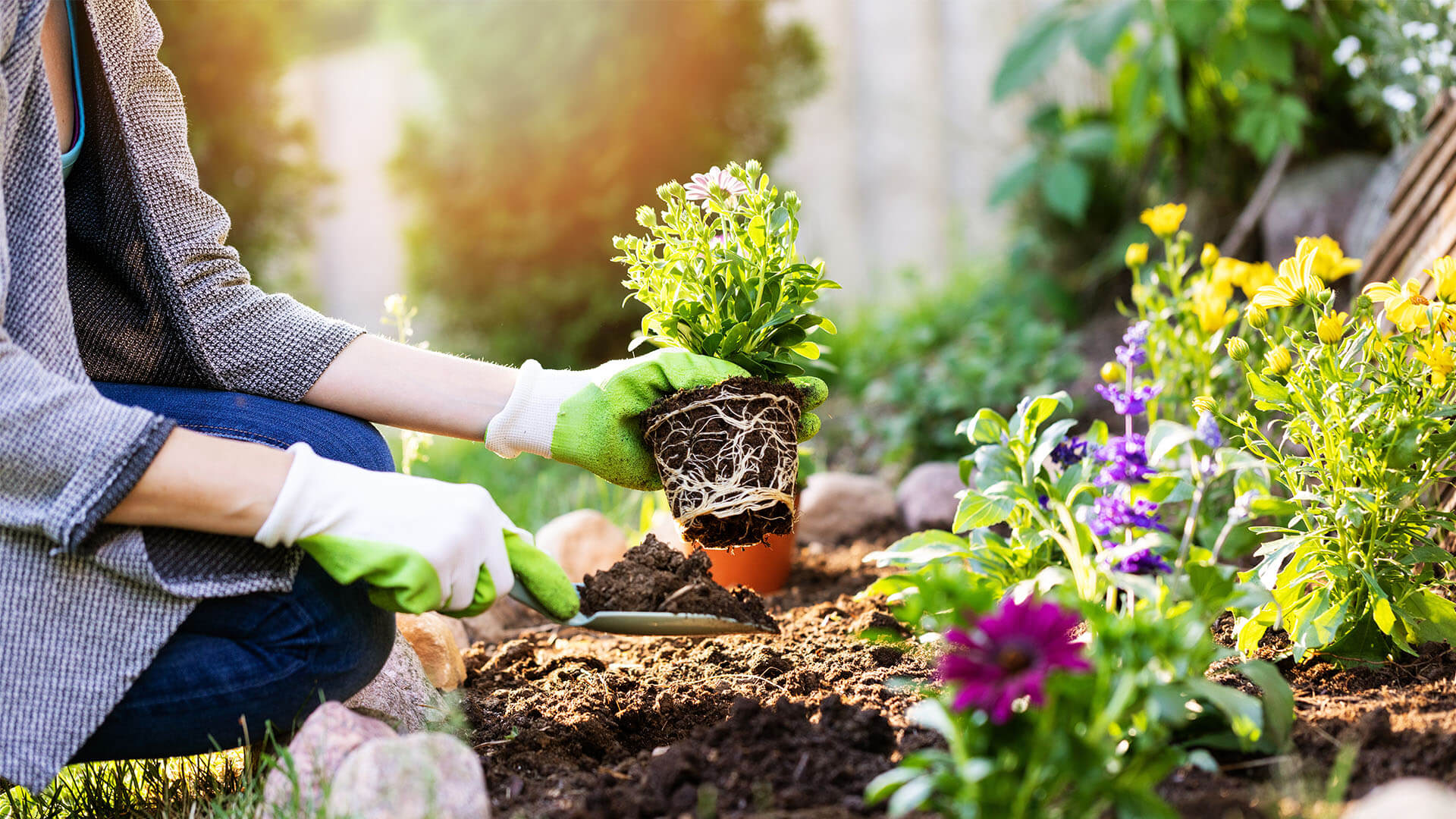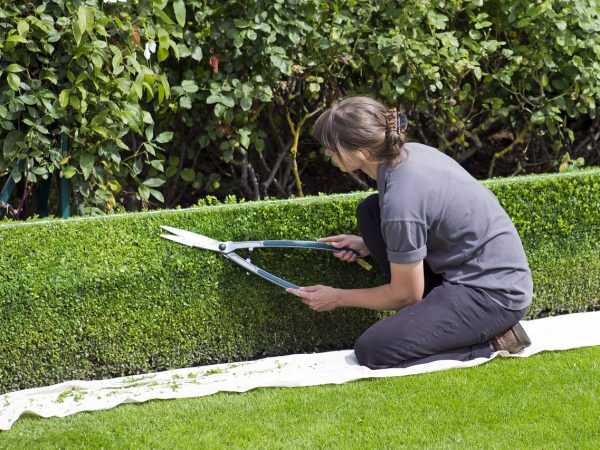A Beginners Guide to Maintaining a Beautiful Garden
Whether you are looking to keep your garden fresh and lush or are looking to plant a new garden, there are many things you can do to help ensure it stays beautiful and healthy. With a little bit of planning and some patience, you can maintain a beautiful garden that will be the envy of your neighbors.
Preparing the soil for planting
Whether you are a new gardener or a seasoned pro, it is important to understand how to prepare the soil for planting a beautiful garden. Preparing the soil will help your plants grow well and provide them with the nutrients they need to thrive.
Soil is made up of weathered rock, minerals, and organic material. Some of the major functions of soil include supporting plant roots and containing air pockets.
The best time to perform soil testing is in the fall, when the soil is most stable. This will allow you to determine the pH and macronutrient content of your soil.
In addition, you will want to check the moisture content of your soil. Too much water can cause your plants to become waterlogged, and too little can make them weak.
It is a good idea to start a mulch pile in the fall. This will add organic material to the soil, and it will break down over the course of several months.
Fertilizing your garden
Choosing the right fertilizer for your garden is essential to the success of your plants. There are two types of fertilizers – synthetic and organic.
Inorganic fertilizers are man-made and are made from chemicals. They are very easy to dissolve in soil. These fertilizers also don’t add any micronutrients to the soil.
Natural fertilizers are produced from plants and animals. These are the fertilizers that are better for the environment. These fertilizers have little or no risk of burning.
During the growing season, you should apply liquid or dry fertilizer to your plants at least once a month. You should also note the date of your fertilizer application. This will help you prevent over fertilization.
Some garden plants are heavy feeders. For example, watermelon and watermelons benefit when the plant is eight to ten inches tall. This means that the nutrients have a chance to reach the root system of the plant. If your plants are small, you may not need to feed them as often.
Taking photos of your garden
Taking photos of your garden is a great way to document the process of planting and maintaining your garden. You can include a variety of subjects, including critters, plants, flowers, and more. However, the best time to take garden pictures will vary depending on the season and location.
Using a tripod can help you control the light and make sure you capture a clear picture. You can also set up a shutter timer to reduce blur. You can also use a reflector to block direct light and add a shadow to your subject.
In general, the best time to take photos of your garden is in the early morning or late afternoon. This is the best time to capture the landscape without the harsh midday sun.
You can also capture some pretty impressive photos during the golden hour, when the light is just right. A diffuser can be used to avoid harsh shadows and to cast golden hues in your garden.
Finding the right combination of sunlight, fertile soil, and water
Getting the perfect combination of sunlight, fertile soil and water is essential for a beautiful garden. However, many beginning gardeners find that they are intimidated by the process. This article is designed to help them understand the basics of gardening and to get them started on their journey to growing a healthy, beautiful garden. You’ll also find links to a number of helpful resources that will guide you through the most essential tasks in your gardening journey.
If you’re just beginning your garden journey, the first thing you’ll need to do is to choose a soil type. Soil types are classified according to their size, texture, structure, and moisture retention. Each soil type will support a different type of organism and will vary in its nutrient and drainage properties.




